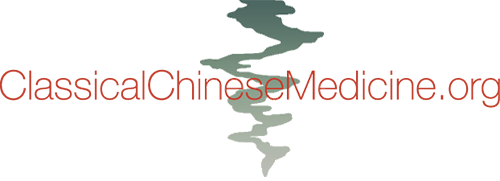Please select one of the many topics for exploration: Classical Chinese Medicine, Translations, Clinical Information, or the Science of Symbols.
Promoting Health and Relaxation During the Four Seasons
BY GAO LIAN (16th Century)
TRANSLATED BY HEINER FRUEHAUF
The following is a presentation of four famous seasonal tableaux by Gao Lian, a 16th century poet and medical scholar who was an ardent proponent of the art of nourishing life. They originally appeared in Gao's book, Zunsheng bajian (Eight Pieces on Observing the Fundamental Principles of Life), which Chinese physicians used to regard as a comprehensive source of lifestyle related information. Recommencing one of the main themes of the Neijing, these seasonal portraits can be read as a typical attempt to translate the densely crafted teachings of the classic into more contemporary language.
